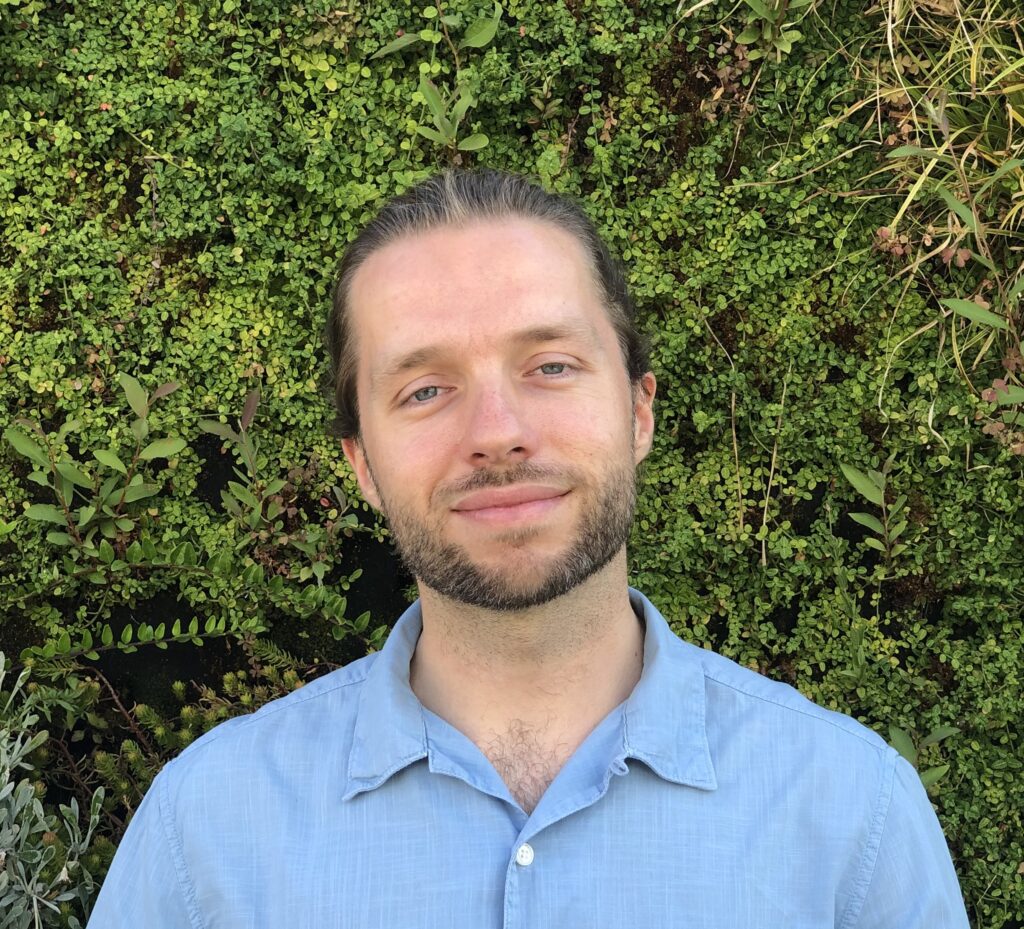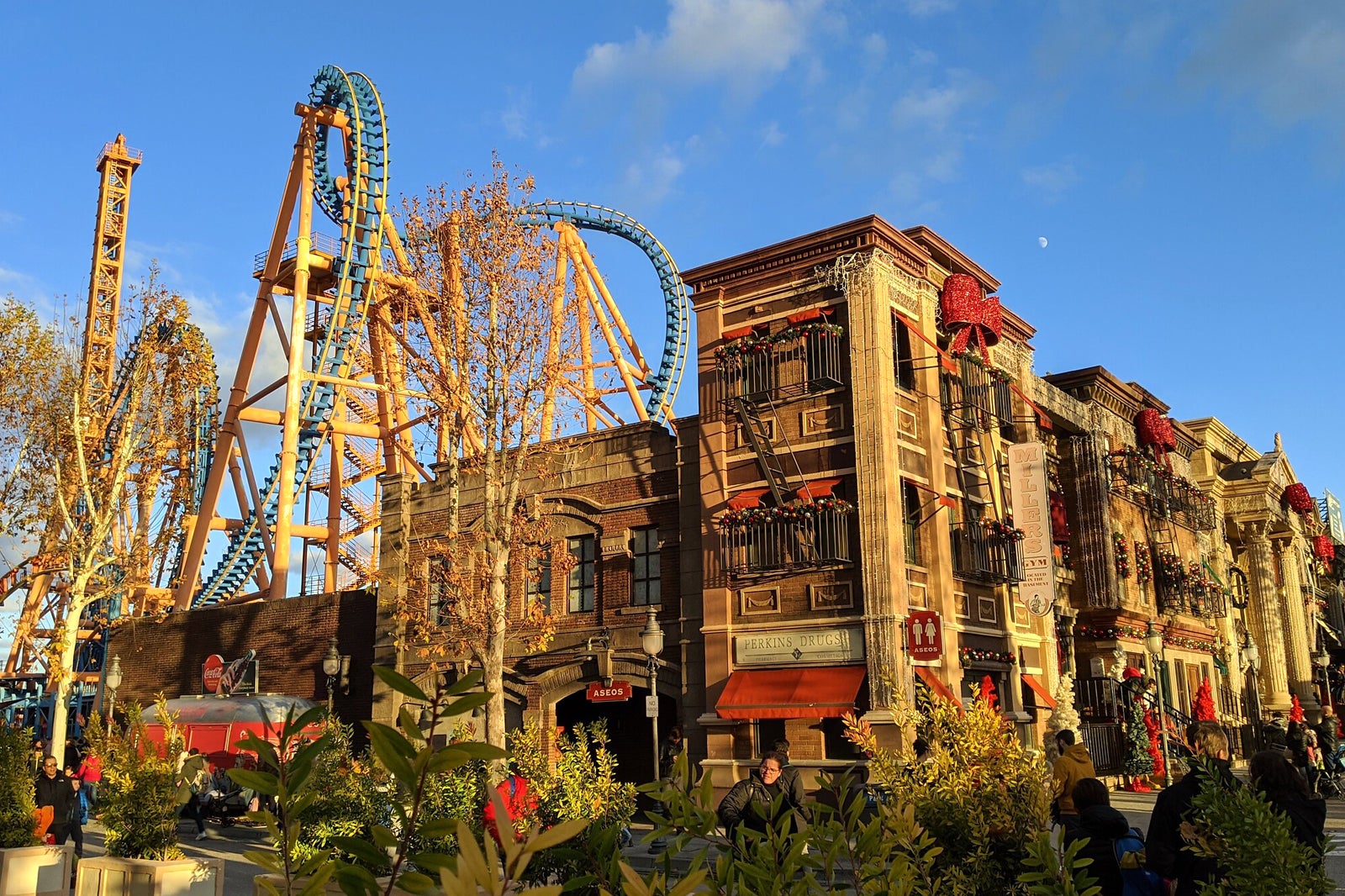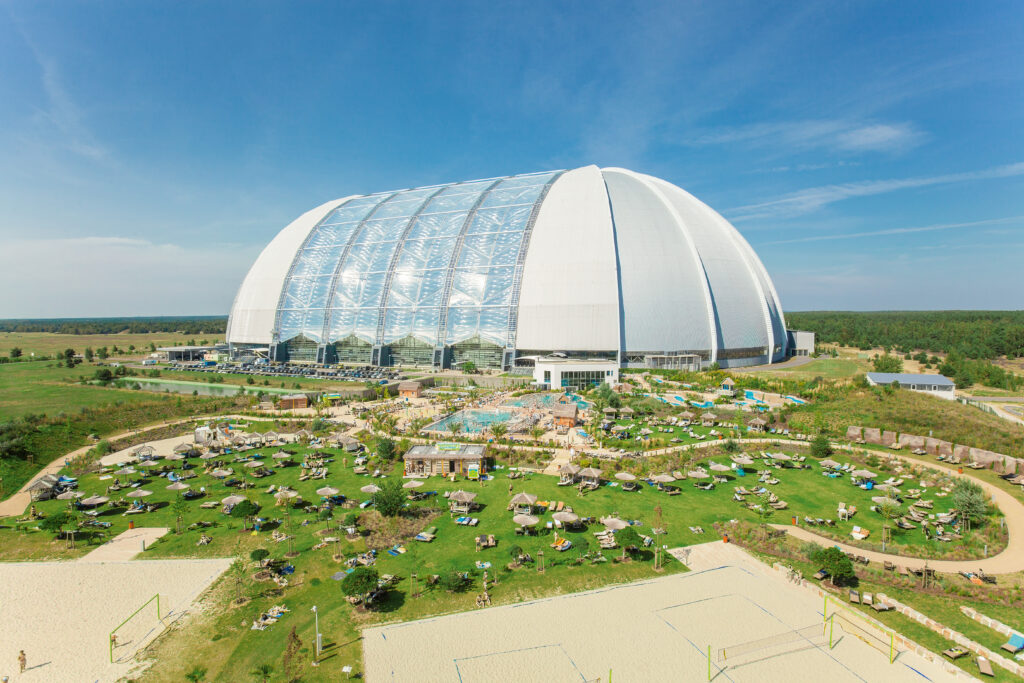Lasting Impact: Parques Reunidos

We met with Javier Luengo Oroz, Head of Environmental Sustainability at Parques Reunidos, to explore how collaboration and an integrated strategy have helped maximise their sustainability impact.

Marie Rayner: Tell me a little bit about Parques Reunidos and your role.
Javier Luengo Oroz: Parques Reunidos is an international operator of leisure parks. In 2024, Parques Reunidos managed a portfolio of more than 50 parks in 11 countries, accounting to approximately 20 million visitors.
Our headquarters are in Madrid, so all applicable EU and Spanish legislation for large companies is rolled out across all parks, as well as adapting to local legislation in each country.
MR: When did you start to get involved in sustainability?
JLO: I have an academic background in environmental sustainability — first studying Industrial Engineering, and then going on to gain a Master’s Degree from the University of Edinburgh, with a focus on environmental sustainability and research on my master thesis.
I worked as an environmental consultant before joining Parques Reunidos four years ago.
MR: What was the starting point for Parques Reunidos’ sustainability journey?
JLO: Before 2020, parks implemented their own sustainability-related actions, but without an overarching Group strategy. This changed in 2020, when we created the first sustainability report (corresponding to 2019 sustainability performance) and the first environment-related targets to be included in the overall company strategy. We started with energy, water, and waste targets, and we continued with our Science Based Targets — validated GHG emissions targets that were validated in 2022.
From a governance point of view, 2020 was the first year that the company had a Chief Sustainability Officer. This was a key milestone because it brings sustainability (including environment, social, and governance issues) to the table, to the executive committee, so that it becomes part of the company decision-making process and an important aspect of company strategy.
MR: And how do you see these original objectives have evolved?
JLO: The original environmental target ambitions were:
- Energy – reducing energy use and its associated carbon emissions
- Water – reducing water consumption, especially drinking water in parks located in high-stress areas
- Waste – reducing waste generation and increasing the recycling share to reduce waste sent directly to landfill
From these three original objectives, we developed our decarbonisation targets for Scope 1 and 2 and Scope 3. These targets were validated by the Science Based Targets initiative, making Parques Reunidos the first international regional leisure park operator to have validated science-based targets — this is something we’re very proud of. It’s a challenging process to go through, but having your targets and associated action plan validated gives you the directions to follow — you then need to walk that path.
The evolution of these targets is going to include increased supply chain engagement objectives (relating to Scope 3), and we foresee including nature targets related to the TNFD framework recommendations.

MR: With a diverse portfolio of parks and so many different locations, how do you engage your employees in working toward these goals?
JLO: The key is understanding that every single person in the company has a part to play on this. Our environmental sustainability strategy is not something that just comes from the sustainability department; it’s embedded in the overall strategy, and everyone has a part to play. It’s a shared responsibility.
We have different owners for different actions, making sure that environmental sustainability isn’t seen as a “nice to have,” but an integral part of the company. The sustainability department coordinates and manages, but everyone does their own part.
It’s very important to share the results. Our sustainability report is not just an exercise of collating the data; we share it with our colleagues. They see this 200-page document, and we can say look, here is the impact of your contribution. We want our colleagues to really see the effects of their actions.
One of the projects that felt very rewarding was the energy efficiency program we started for all parks in 2021. I’ve really enjoyed this project, because thanks to the efforts from the colleagues of the parks upgrading the equipment — and the engineering team from our head office — we see actual improvements by emission reductions. We see year on year that, thanks to these investments, there has been a data-based impact. It was a collaboration from many different people within the company and a great example of the synergies found when people from different backgrounds work as a team.
MR: Is there anything that you look back on now and wish you had done differently?
JLO: In the first years, we spent a quite a bit of time improving data reporting to make decisions. Although this was necessary — and having this baseline information is incredibly important — we might have spent more time than we needed to get 100% accurate figures.
Looking back, we could have spent a little less time on reporting and modelling, and more time on specific actions. We could have had a 95% accurate reporting figure and shifted some efforts into action, or made decisions a little quicker.
Also, sometimes there are measures we KNOW will reduce emissions, but sometimes because those reductions can’t be tracked easily (e.g., energy savings of equipment without meters), you spend more time than needed modelling the results. For some actions you know the theory but not all the data — and in some cases it should be enough to know the theory to move ahead.
The timeline for our decarbonisation targets — and for most companies — is 2030. There’s still much to do, and the timeframe is getting shorter and shorter for everyone. We are well on track, but without consistent action and improvement, we’ll be sprinting at the end to try and reach our goals.

MR: What developments and trends are you seeing in the industry?
JLO: It’s really interesting to see the transition from a carbon emissions focus to a wider and comprehensive nature-based approach. It’s not just CO2 emissions; it’s everything related to climate change, biodiversity, and natural resources. Especially for water, I really see that this will become very important sooner than we think. In a few years, this will be a major issue for the whole world, not just in the locations that already feel the water shortages and conservation needs. It will have significant impact in our industry, as water withdrawal restrictions could affect the opening of parks, especially water parks.
Waste management is evolving in the right direction in our industry, with measures such as eliminating single-use items or minimising food waste becoming the standard in the industry. This started in music festivals and has now been implemented in many parks. Consumer trends are evolving, and we need to adapt to the market demands. Luckily, people are becoming more environmentally conscious and the products and services offered to them need to keep up with this mentality shift.
MR: What is your main environmental sustainability focus when designing for new developments?
JLO: With respect to hotels located in the park facilities, we aim to make the operation of new accommodation facilities fossil fuel-free, so they run only on renewable electricity (although it is not always possible). Some of our newest lodging areas use electrical heat pumps instead of natural gas, as it wouldn’t make sense to design them with natural gas heating systems, only to retrofit them in the future. We are currently retrofitting older lodging areas to bring them to similar energy efficiency standards as our new areas.
We strive for having all attractions powered by electricity as well. This is the case for most roller coasters and theme park rides, but it can become a challenge for some water attractions that require natural gas heating for the water — in these cases, we try to make them as energy efficient as possible.
In short, we aim to minimise the fossil fuel consumption in our parks and to purchase electricity from renewable sources; 2024 was the fourth year in a row that we purchased 100% renewable electricity.
MR: How do you compare the initial investment costs of energy efficiency measures with the operational savings they provide over time?
JLO: We are always seeking to be as energy efficient as possible in our systems and facilities. If something’s electrical, we make sure it consumes as little electricity as possible while doing the job (like LED bulbs; they have been around for years but are still a good example). For equipment running on fossil fuels (e.g., a natural gas boiler), we aim to replace them with electrical alternatives. The aim is to always reduce fossil fuel consumption to a minimum and to ensure that all electricity used comes from renewable sources.
That said, the payback periods of simple energy efficiency measures (e.g., LED bulbs implementation) and electrification of fossil fuel equipment (e.g., natural gas boilers) are different. The electrification measures generally have a longer payback period, so this needs commitment from the companies. We need to accept that environmental sustainability is not free and that without investment, companies will not reach their targets. In some cases, it will pay off quickly. In other cases, it might take longer. And there may even be investment that, from a monetary point of view, will never pay off!
MR: What do you think will become important in the future?
JLO: We recently did a study to assess climate-related risks and opportunities affecting our parks for future climate scenarios. Understanding how the world is changing due to climate change, and how we need to adapt to these changes, is critical. For example, heat waves are going to have a big impact for some of our locations in all climate scenarios, so we need to consider this when looking at new developments and adaptation measures. This kind of strategic thinking — about climate change and the risks it could pose — is becoming more important, and it is common to see it embedded into the strategy of companies leading the way in the environmental sustainability journey.
MR: What has been your biggest achievement?
JLO: The biggest achievement for us was to make Parques Reunidos the first international operator of regional leisure parks to have validated science-based targets. We defined the goals, but being able to define how we would reach these goals — developing our decarbonisation roadmap — was the actual achievement. We were the first park operator amongst our similar-sized competitors to do this.
So now we have the targets, but we need to get there. Let’s talk in five years; the biggest achievement WILL be achieving these targets by 2030!
MR: What interests and excites you most about working in this field?
JLO: Every year is different because of the changing landscape of environmental sustainability. In my first year we did a lot of new things at Parques Reunidos, things that we hadn’t done before. This happened again on the second year, on the third year, on the fourth year… There are new ideas and new steps to follow every year, so we’re always learning. The landscape’s always changing and this is what makes it exciting.
I’m very conscious about the climate emergency that we are already living and that we need to act urgently — we are late already. I work for Parques Reunidos and, in addition to our guests, I like to say that my client is the planet. Mitigating climate change and preserving the biodiversity and natural resources from Earth is a shared benefit. For me, this is more than “a job” — it is a way of amplifying my actions and contributing to the preservation of our planet.
Think of it like this: The carbon footprint from the world average person is approximately five tonnes per year, which is around 300 tonnes through their whole life. Parques Reunidos’ carbon footprint is approximately 300,000 tonnes per year. If one year we manage to reduce Parques Reunidos’ footprint by just 10% (30,000 tonnes), it’s more than one person could reduce by himself in 100 lives.
Research has shown that when environmental sustainability is included in the company strategy, it has a positive business impact and gives a competitive advantage. If other companies in the industry do the same as we do because they are influenced by us, this is great! This is all about encouraging everyone to become more environmentally responsible, so that together we can have the biggest impact possible. We will all benefit from these efforts because in the end, we all share the same planet.

About Parques Reunidos
Talking about Parques Reunidos means referring to one of the leading global operators of regional leisure parks and one of the three truly global leisure park operators.
After 50 years in the sector, they now operate a well-diversified portfolio of over 50 leisure centers (theme parks, zoos and marine parks, water parks, indoor entertainment centers and other attractions), spread out over various countries across Europe, North America and Australia. Their asset diversity has placed them as the second-largest leisure park operator in Europe and the eighth-largest leisure park operator worldwide.
They have a highly experienced and committed management team with a proven track record across different geographical areas and economic cycles.
About Storyland Studios
Storyland Studios is a full-service experience design firm with offices in the US and Europe. We imagine, design, and create immersive experiences and environments that lift the Spirit. Storyland Studios team Members and Executive Leadership include alumni from The Walt Disney Company, Walt Disney lmagineering, Pixar Animation Studios, Universal Studios, and LEGOLAND® – all passionate about creating immersive storytelling experiences that shape culture and connect with people on an emotional level. storylandstudios.com
